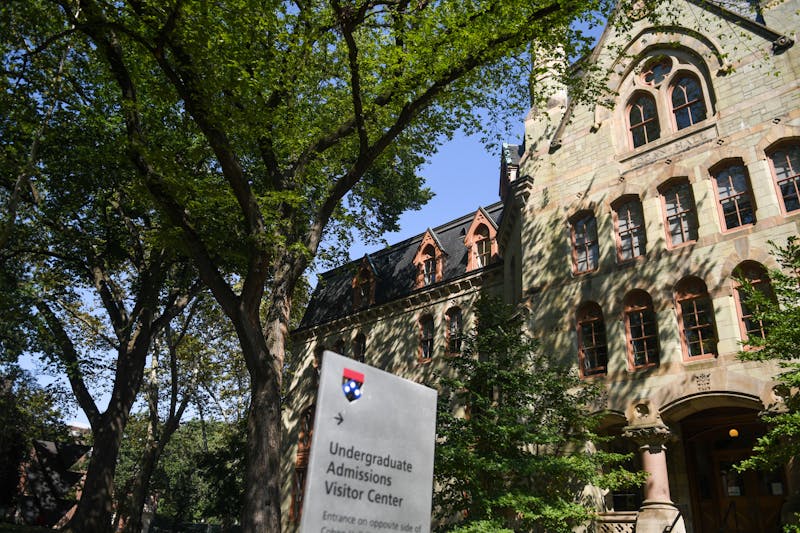“The idea that people are born gay — or lesbian or bisexual — is appealing for lots of reasons,” noted John D’Emilio, former director of the Policy Institute at the National Gay and Lesbian Task Force. “It’s an idea designed to allay the ingrained fears of a homophobic society and the internalized fears of gays, lesbians and bisexuals. What’s most amazing to me about the ‘born gay’ phenomenon is that the scientific evidence for it is thin as a reed, yet it doesn’t matter.”
What matters, D’Emilio observed, is its political impact — and the fact that “liberal heterosexual allies love the idea.” It moves the practice of homosexuality from the realms of culture, choice or morality into the realm of inborn identity — a much easier position from which to demand societal acceptance of the gay lifestyle.
But D’Emilio’s comment begs the question of actual truth: If someone feels attracted to the same sex or identifies as homosexual is it reasonable to claim — scientifically — that they were “born gay” in substantively the same way that one might be born red-haired, light-skinned or left-handed?
Interestingly enough, the answer is no.
As D’Emilio hinted, the scientific research on the matter indicates that erotic same-sex attraction is derived from an unknown combination of environment, choice and genetics. As a 2016 meta-study reviewing over 500 articles on the subject noted, the popular notion that “sexual orientation is an innate, fixed, and biological trait of human beings” is scarcely established by “scientific evidence.”
What is established by the scientific evidence? For a long time, the answer was “scarcely anything.” Twin studies were conducted on self-identified homosexuals as early as 1952, but at the time it was difficult to collect representative information. With small samples recruited in systematically biased ways (among psychiatric patients or through “homophile” publications, for instance) results were erratic. In some studies identical twins always reported the same sexual preferences as their co-twin. In other samples studied, every identical twin pair reported discordant sexual orientations.
No definite conclusion could be reached until, around the turn of the century, a small handful of large and reasonably representative studies were finally conducted.
These studies may well have been the kind that D’Emilio had in mind. For even focusing on those that tend to favor the notion of being “born gay,” a 2013 article in the journal, Science, points out “gene sequences can’t be the full explanation ... the identical twin of a gay man ... only has a 20 percent to 50 percent chance of being gay himself.”
Since these studies consider twins raised together, a simple concordance rate of approximately 35 percent would not provide good evidence that genetic factors were at play. After all, identical twins raised together experience environments from birth that are about as similar as any two human beings can possibly have. Thus, while the low concordance rates cited by Science obviously explode the simple version of the “born gay” narrative in which sexual preference might be compared to biologically determined traits like skin tone, a more sophisticated approach is required to get a better idea of the degree to which genetic factors might predispose someone to experience same-sex attraction.
Thus, good studies attempt to separate a little further the influence of genes and environment by comparing concordance rates obtained from identical and non-identical twin pairs. A reasonably representative 2000 study, for instance, found roughly 30 percent concordance for identical twins and only 13 percent concordance for non-identical twins — indicating that genes play a relatively small role in determining sexual orientation.
A Columbia and Yale study, dealing with one of the most representative samples to date, found a roughly 10 percent concordance rate on self-reported same-sex attraction for BOTH identical and non-identical twins — suggesting that genes play an even smaller role in the etiology of same-sex attraction.
But regardless of which study you look at, the fact remains that there are no rigorous grounds for the biological determinism of the “born gay” narrative.
Even the numbers in the 2000 study suggest a weaker genetic component to homosexuality than that associated with crime (which enjoys about 50 percent concordance for identical and 20 percent concordance for non-identical twins). Yet few would embrace a notion of “born felonious” comparable to the popular notion of “born gay.” This is, in part, of course because homosexuality may be considered a positive, or at least neutral, trait while crime is antisocial. But the fact remains that a trait which a strong majority of identical twins do not share, can scarcely be claimed predestined from birth.
Genetic predisposition doubtlessly plays a role on some level — as it does for nearly all human experience — but, on the science, it seems that other factors are likely to be — as D’Emilio hinted — much more decisively influential.
However controversial the “born gay” narrative may be, in the interest of truth it should be amended to fit the scientific research we have available. When there is a dissonance between public opinion and scientific knowledge, it is worthwhile to correct it.
JEREMIAH KEENAN is a College senior from China, studying mathematics and classical studies. His email address is jkeenan@sas.upenn.edu. “Keen on the Truth” usually appears every other Thursday.
The Daily Pennsylvanian is an independent, student-run newspaper. Please consider making a donation to support the coverage that shapes the University. Your generosity ensures a future of strong journalism at Penn.
Donate







